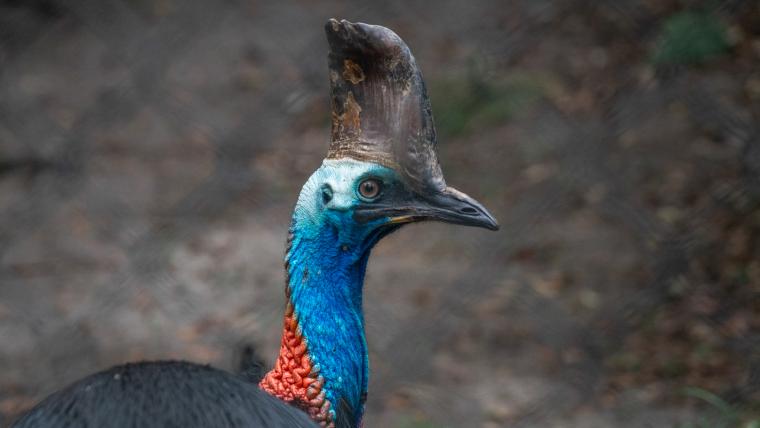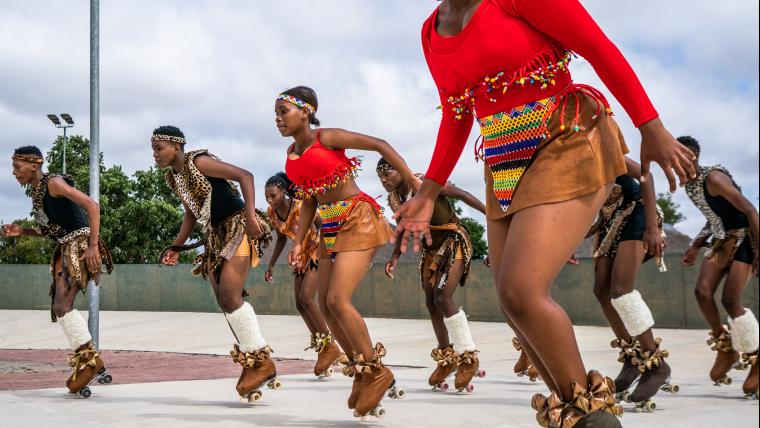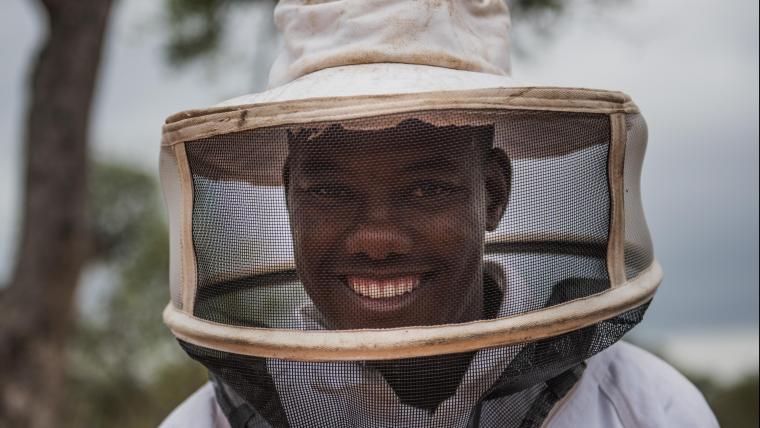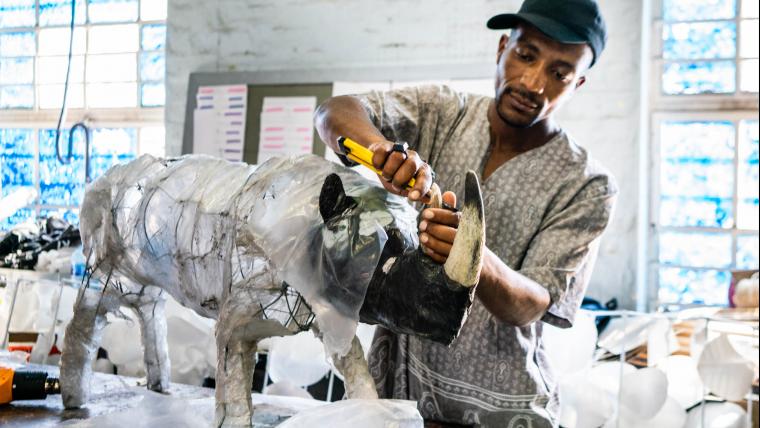
Why the world’s most dangerous bird needs our protection
In the world of birds, the southern cassowary is a relic of the dinosaurs. Beady eyes, scaly three-pronged toes, and a bulbous helmet are all a throwback to the Jurassic period. In some ways, they are ahead of their time – the females are larger and more brightly coloured, while the males look after the clutches of eggs and raise the chicks. But like velociraptors and diplodocuses, cassowaries are in danger of going extinct.
These territorial and mostly solitary rainforest-dwellers are native to the tropics of northern Australia, New Guinea, and surrounding islands. A keystone species of these rainforests, cassowaries are responsible for spreading seeds around the jungle through their droppings. Some of the seeds they swallow are too big for other animals, so they alone carry the responsibility.
Cassowaries are flightless birds, built for a life of charging through low-hanging vines and thick jungle. From their middle toe protrudes a fearsome 12-centimetre-long claw, used to push through brush and dig for shoots and fruits. Although they employ the claw to scratch around, it can cause serious harm. Known as the most dangerous bird on the planet, cassowary attacks on people have resulted in two recorded deaths, one in 1926 and the other in 2019.
While these birds will defend themselves when they feel threatened, they are naturally wary of people. Reaching speeds of up to 50 kilometres per hour, cassowaries are able to hightail their way out of danger. But no amount of running can help cassowaries evade extensive habitat destruction. Logging, invasive species, and deforestation have shrunk the areas within which cassowaries live, mate, and feed. They are listed as endangered in Australia, with a population of approximately 4 000 and decreasing.
Initiatives like the Cassowary Recovery Team and Queensland Trust for Nature are hard at work to preserve areas where the birds can thrive. By securing private land, the organisations are able to protect habitat corridors for cassowaries. With time and vigilance, the big bird’s fate will flourish.





























Please sign in to leave a comment